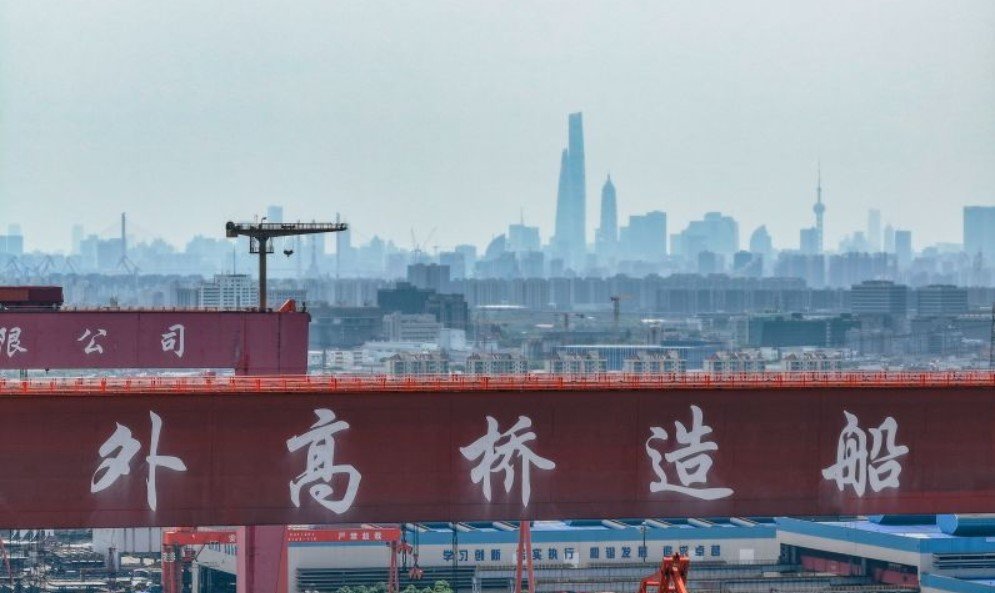
A contraction in Chinese shipbuilding orders has been registered in the first half of 2025, with Beijing’s once unassailable dominance increasingly under pressure from geopolitical tensions and a softening global market.
According to new data from BIMCO, China’s share of newbuilding contracts dropped from 72% to 52% in the last six months — a plunge that analysts say is driven largely by mounting concerns over upcoming US Trade Representative (USTR) port fees targeting Chinese ships and shipbuilders.
“In the first half of 2025, China’s share of newbuilding contracting fell to 52% from 72% in the previous six months,” said Filipe Gouveia, shipping analysis manager at BIMCO. “Growing concerns over USTR port fees on Chinese ships in US ports likely contributed to a decrease in contracting in China. This trend was further amplified by a drop in global ship contracting and a shift in the types of ships being ordered.”
The USTR port fees — set to kick in from October 2025 — impose charges on Chinese-built and Chinese-operated vessels calling at US ports. The phased tariff plan sees fees for Chinese-built ships rise from $18 a ton this year to $33 a ton by 2028, while container-specific levies will reach $250 per container by that time. A $50 per ton charge will also be imposed on Chinese vessel operators from day one.
Although exemptions exist for smaller vessels and certain short-haul trades, the policy has triggered anxiety across global shipowners looking to hedge against rising compliance costs.
Data from Clarksons Research shows new orders at Chinese yards fell 68% year-on-year to 26.3m dwt in H1 2025, compared with a smaller 7% fall in South Korea, which booked 14.2m dwt over the same period.
As a result, China’s share of global new orders slid from 75% to 56% according to Clarksons, while South Korea’s grew from 14% to 30%.
The contraction in new contracts has hit all major ship types except containers and cruiseships. In cgt terms, global newbuilding contracting fell 54% year-on-year in H1, BIMCO noted.
Even so, the long-term capacity constraints at Korean and Japanese yards limit how much market share can realistically shift away from China.
Strong ordering activity from 2022 to 24 has already stretched shipyard slots well into the future. Of the ships contracted so far in 2025, 31% are due in 2027, 38% in 2028, and 23% after that.
China remains the dominant builder in most sectors except cruiseships, where Europe holds sway. But South Korea has now overtaken China in crude tanker orders this year.
Yet both Korea and Japan face structural challenges to expanding capacity: ageing workforces, labour shortages, and rising wage bills continue to squeeze their competitiveness.